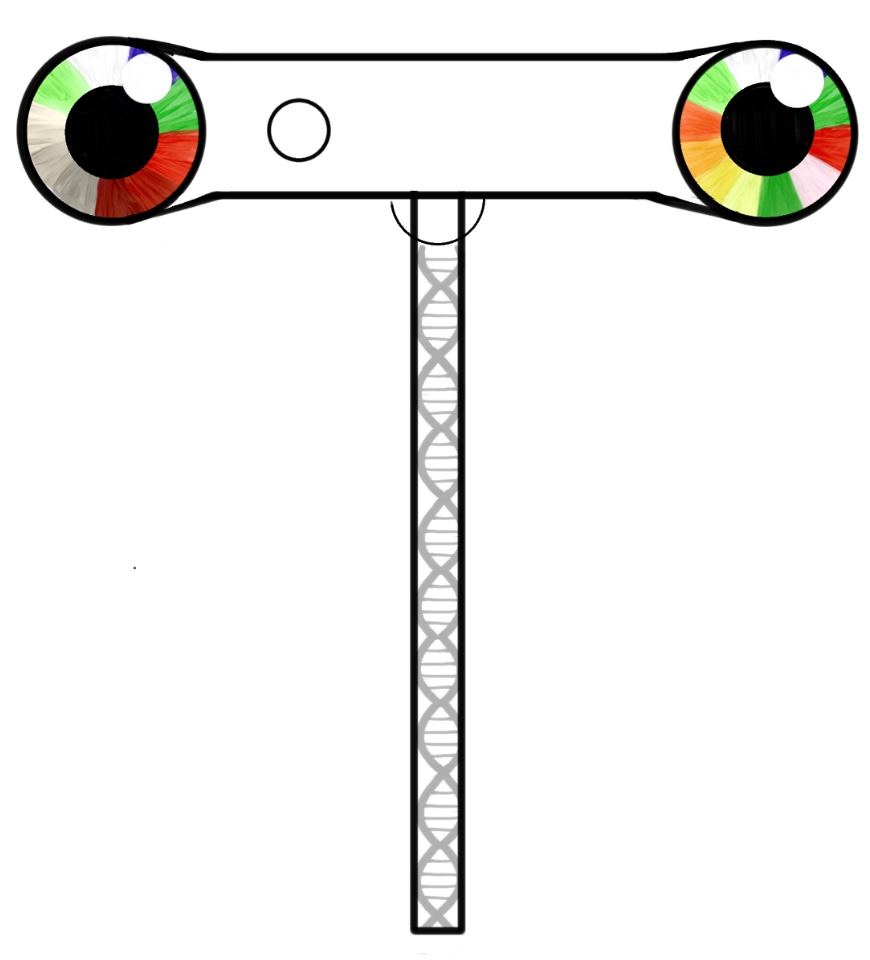Filters
Clear allSubject
- Careers (35) Apply Careers filter
- Climate Change (1) Apply Climate Change filter
- Creative arts and media (2) Apply Creative arts and media filter
- Cross curricular (17) Apply Cross curricular filter
- Design and technology (79) Apply Design and technology filter
- Engineering (64) Apply Engineering filter
- Leadership (1) Apply Leadership filter
- Mathematics (72) Apply Mathematics filter
- Personal development (2) Apply Personal development filter
- Psychology (1) Apply Psychology filter
- Science (82) Apply Science filter
- Space (1) Apply Space filter
- STEM Clubs (5) Apply STEM Clubs filter
Age range
Type
- Activity sheet (16) Apply Activity sheet filter
- Article (46) Apply Article filter
- Assessment (1) Apply Assessment filter
- Data set (1) Apply Data set filter
- Demonstration (2) Apply Demonstration filter
- Game (1) Apply Game filter
- Group work (3) Apply Group work filter
- Image (6) Apply Image filter
- Information sheet (10) Apply Information sheet filter
- Interactive resource (1) Apply Interactive resource filter
- Open-ended task (1) Apply Open-ended task filter
- Poster (4) Apply Poster filter
- Presentation (18) Apply Presentation filter
- Research (22) Apply Research filter
- Self assessment (1) Apply Self assessment filter
- Teacher guidance (69) Apply Teacher guidance filter
- Textbook (16) Apply Textbook filter
- Video (27) Apply Video filter
- Include Physical Resources (609) Apply Include Physical Resources filter
Showing 233 results
This resource consists of an information sheet detailing various methods for validating user input in Python, these come in the form of a table consisting of some code in one column and an overview of what the corresponding code does. There is an associated zip file with code examples in it and a presentation which...
William is a QA tester at Realtime Worlds, he discusses his role in this video. Having enjoyed playing computer games at school, he was keen to get into the industry and studied computer science at university. His role in QA allows him to understand indepth the development world, ultimately wanting to progress to...
Produced in 2015, these resources look at the development of encoding messages and how technology and science has developed to allow us to keep messages secure. Looking at unintuitive quantum properties of light, Heisenberg’s Uncertainty Principal and entanglement, students will see how keys can be shared to ensure...
This activity booklet uses the real life context of air traffic control using radar signals to identify the position of an aeroplane that students act out. It provides them with an opportunity to use their knowledge of waves and speed = distance / time to calibrate and calculate the distance a plane is from the...
This resource details an activity where students set up their own network of Raspberry Pis in a classroom, using another machine as their server. As with all of these sorts of activities, it is highly recommended to work through the whoole activity first, downloading the required software ahead of a lesson and...
This magic trick from the Computer Science for Fun (CS4FN) team at QMUL is based on a ‘self-working trick’. It includes a set of instructions which, so long as the commands are followed, works every time. It is, therefore, an algorithm.
The trick involves playing cards – the actual value of the cards is not...
A resource aimed at the various GCSE Specifications for Computing. Activities are broken down into 14 stages and will require students to create a Relation Database...
A collection of posters all linked to robotics. The first poster looks at how robotics is used in different STEM industries, including manufacturing, healthcare and space. The second poster promotes the skills that you can develop when you learn about robotics. The third poster looks at a number of different...
This poster provides examples of different industries that are using robotic technology. For example:
- Manufacturing
- Subsea
- Transport
- Healthcare
- Space
This resource supports students to research and discuss the field of robotics and artificial intelligence (AI). The resource provides a series of student tasks that explore the topic of whether robots are a threat to humanity. This resource would work well as a research topic for students undertaking projects in...
Roving with Rosalind is an education and outreach project which presents Mars mission based classroom activities for secondary schools as well as activity groups. This collection of resources is funded by the UK Space Agency, and give students the opportunity to complete activities such as deciding a...
A collection of resources produced by the Royal Society of Edinburgh to support the deeper understanding of programming concepts in seconday computing
Artificial intelligence (AI) is a disruptive technology, meaning that it is significantly changing the way that people, businesses, and industry interact. To put it in context, the invention of the wheel, electricity, TV, and GPS are all disruptive technologies that changed the way in which society worked.
...
This handy guide has been produced with a view to helping others deal with the practicalities of starting up a STEM Club. The guide includes advice on the following:
- Decide on why you want to set up a STEM club
- Approach people who might be interested in getting involved
- Timing ...

